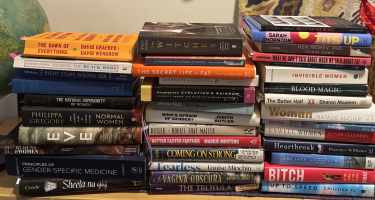
Dennis Meredith—The Czar Bomb
Dennis Meredith's latest scifi novel starts with a real event, the 1961 Soviet detonation in the Arctic of a bomb far bigger than those dropped on Hiroshima and Nagasaki. The Soviets allegedly hid an even larger bomb in East Germany. In The Czar Bomb, rogue state terrorists locate it and plan to detonate it over Washington, DC. The race is on to neutralize it. Hi-tech warfare ensues.








